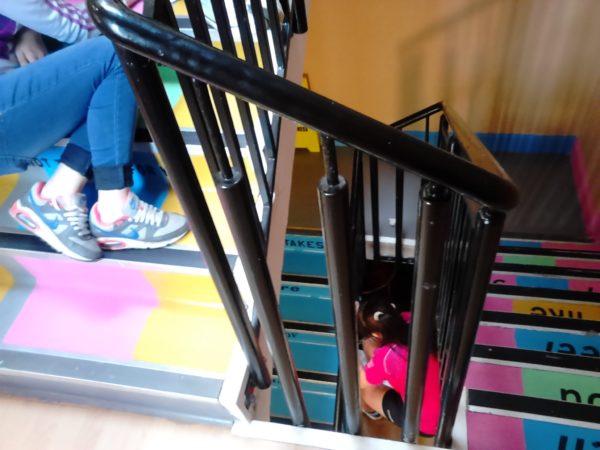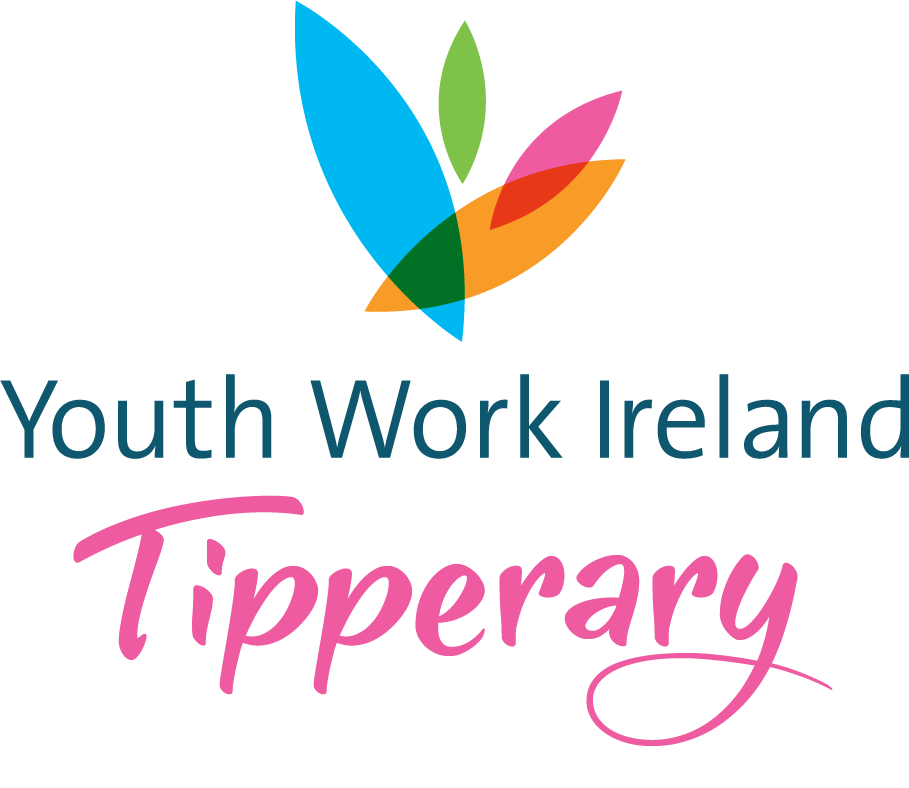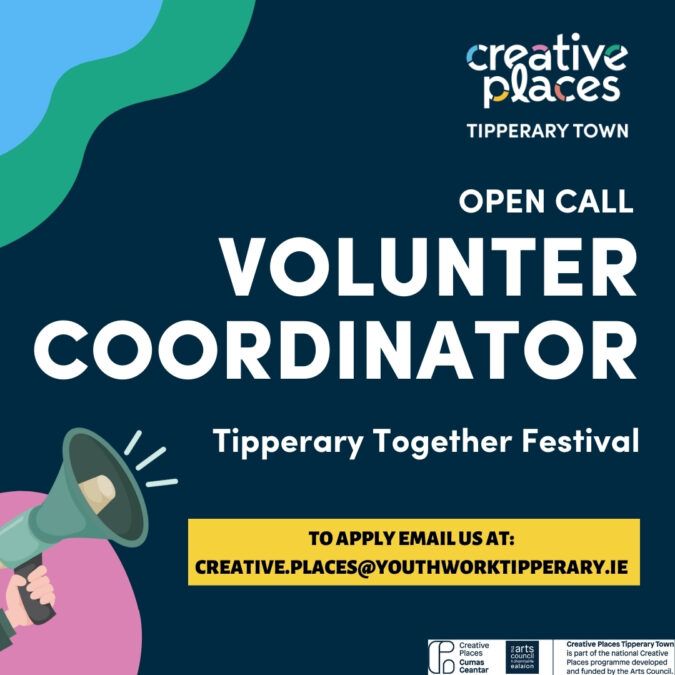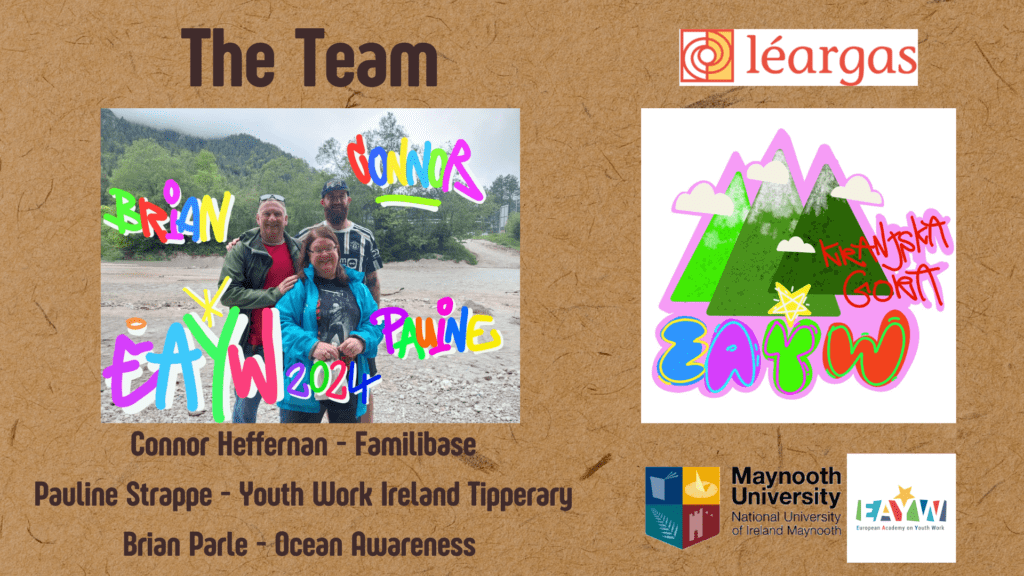Process: Youth Art
‘For young people in particular, increased participation in arts and culture has shown to increase academic attainment as well as reducing truancy and improving classroom behaviour.
When artistic, cultural and sporting activities take place in a community setting there is huge potential to build local social networks. Social capital not only improves local relationships for individuals but also benefits the local area more widely. Recent studies show that increased participation in cultural, artistic and sporting activities helps tackle some of the issues that concern local communities, including deliquency, graffiti and crime.’
(NYCI Youth Arts Fact Sheet) http://www.youth.ie/nyci/Youth-Arts-Factsheet
From this evidence, you can see that art is an ideal way of facilitating youth work. This comes as no great surprise to us on the ground. We have seen time and time again that art projects excite and delight the young people and staff alike, particularly collaborative/participatory youth art projects.

The art process brings energy and motivates, light, love and colour.
But why does this happen? How does it happen?
The art process is complex and consuming and hugely engaging. The process brings energy and motivates, light, love and colour. The process can bring turmoil, conflict and resolution, potential fall outs, friendships, learning and hope. The process is from the ‘pre-ject’ stage where ideas are buzzing, binging, brimming, igniting and anything is possible – to project ending.
There are so many different feelings, emotions, skills, experiences and attributes gathered along the way. There is never failure – all there is, is experience and growth. Involved in all these stages are great energy, struggle, ownership, decisions about art form, decisions about subject matter and negotiations with artists/youth workers/peers.
Preparation for the project, deciding materials, decision about colours, textures, so many decisions. So many making decisions, even if you leave at this point – you’re making a decision to leave. Gathering materials, making connections with suppliers, manipulating materials, reaching consensus, actualising the project and getting busy. Acknowledging that it’s harder than you imagined, being gentle with yourself, overcoming this stage and reaching conclusions. Experiencing fear about exposing the creation, celebrating the work, reveling in success, sharing with your community, contributing to your community, reflecting on failure and reflecting on what is next? You can see that through this journey, there is an incredible amount to be learnt, to be experienced and reflected upon! It’s never just the product that is celebrated in the end. It’s the living textures and layers upon layers of interesting experiences and wisdom acquired. It is through the experience of making art together/or alone, that can lead an evaluator to conclude the benefits as descripted above in NYCI Youth Arts Fact Sheet.
For me, as an artist/Youth Worker, I find the aesthetic in the process of art making as powerful as the product and often more beautiful. The stories of youth progression and transformation are most often weaved into the making rather than the showing. In this way the process takes a sculptural form.
If you are interested in developing your youth arts practice further or want an opportunity to work with an artist, NYCI have opened their Artist and Youth Work Residency Scheme grant. Deadline is September 5th.
http://www.artscouncil.ie/Funds/Artist-in-youth-work-residency-scheme/
Teresa Normile – TAR Project






